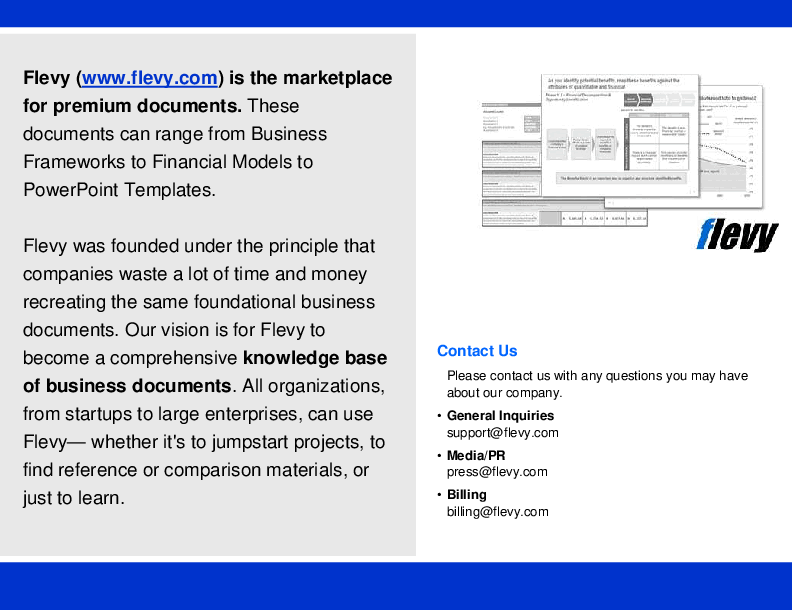TPM: Planned Maintenance Poster (PDF)
PDF document + PowerPoint (PPTX) 3 Pages
BENEFITS OF THIS PDF DOCUMENT
- Provides a summary of the Planned Maintenance pillar activities.
- Serves as a supplementary tool for your TPM or PM workshop session.
- Print the poster in A3/A4 size right out from your office copier machine.
TPM PDF DESCRIPTION
Planned Maintenance is a proactive approach to maintenance that focuses on minimizing the downtime and costs associated with breakdowns.
The goal of Planned Maintenance is to increase equipment reliability and minimize maintenance cost by reducing breakdowns and developing efficient maintenance methods.
The Seven Steps of Planned Maintenance Poster highlights the key activities of Planned Maintenance as a key pillar of the TPM Excellence framework.
The poster is available in two distinct themes: a vibrant color scheme and a professional monochrome version. In both formats, the poster comes in a convenient PDF as well as an editable PPTX format, enabling effortless printing on A3/A4-sized paper from standard office copier machines. This versatile resource can be prominently displayed on employee workstations or distributed alongside your training materials.
Furthermore, the poster is an ideal supplement to TPM training presentations. It serves as a valuable takeaway, summarizing the core principles of Planned Maintenance and reinforcing the key takeaways from your training.
Based on the JIPM* standard, the Seven Steps of Planned Maintenance include:
Step 1 – Provide Support And Guidance To AM Activities
Step 2 – Evaluate Equipment And Understand Current Condition
Step 3 – Restore Deterioration And Correct Weaknesses
Step 4 – Build An Information Management System
Step 5 – Build A Periodic Management System
Step 6 – Build A Predictive Management System
Step 7 – Evaluate The Planned Maintenance System
Details of the Steps of Planned Maintenance:
Step 1 – Provide Support And Guidance To AM Activities
• Participate with operators in putting white and red tags
• Attend to red tag abnormalities
• Help Operations department to set up the Autonomous Maintenance pillar infrastructure (e.g. develop one-point lessons)
Step 2 – Evaluate Equipment And Understand Current Condition
• Identify and correct equipment defects
• Analyze failures/breakdowns and stratify the causes
• Conduct why-why analysis
• Collect baseline data on the number of sporadic failures, MTBF and MTTR
Step 3 – Restore Deterioration And Correct Weaknesses
• Help operators to prepare ‘tentative standards' for cleaning, lubrication and inspection for each machine
• Use provisional standards for checking and replacement intervals
• Establish schedules for TBM and CBM
Step 4 – Build An Information Management System
• Extend help to operators in education, on-the-job training in general inspection and developing inspection procedures (e.g. using visual controls)
• Conduct trends analysis based on sporadic failures, MTBF and MTTR data
Step 5 – Build A Periodic Management System
• Prepare standard documents for material selection, spare parts management, etc.
• Increase reliability by increasing the number of periodic maintenance items based on deterioration measurements
• Reduce time and cost of overhauls by standardizing parts, etc.
Step 6 – Build A Predictive Management System
• Apply equipment diagnostics technology
• Develop equipment diagnostics skills
• Use diagnostics to monitor trends and identify points of change
• Change TBM to CBM
Step 7 – Evaluate The Planned Maintenance System
• Continue to maintain the equipment in accordance with the standards while progressively enhancing those standards
• Review and improve the Planned Maintenance system
• Prepare the Planned Maintenance Master Plan
*Note: The Japan Institute of Plant Maintenance (JIPM) is a nonprofit research, consulting, and educational organization that helps companies increase organizational efficiency and profitability through improved maintenance of manufacturing equipment, processes, and facilities. The JIPM is the sponsoring organization for the TPM Excellence Award, awarded annually to recognize excellence in company-wide maintenance systems. Based in Japan, JIPM is the innovator of methodologies that have been implemented around the world.
Got a question about the product? Email us at support@flevy.com or ask the author directly by using the "Ask the Author a Question" form. If you cannot view the preview above this document description, go here to view the large preview instead.
Source: Best Practices in TPM, Planned Maintenance PDF: TPM: Planned Maintenance Poster PDF (PDF) Document, Operational Excellence Consulting



